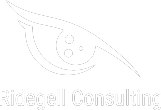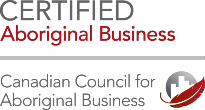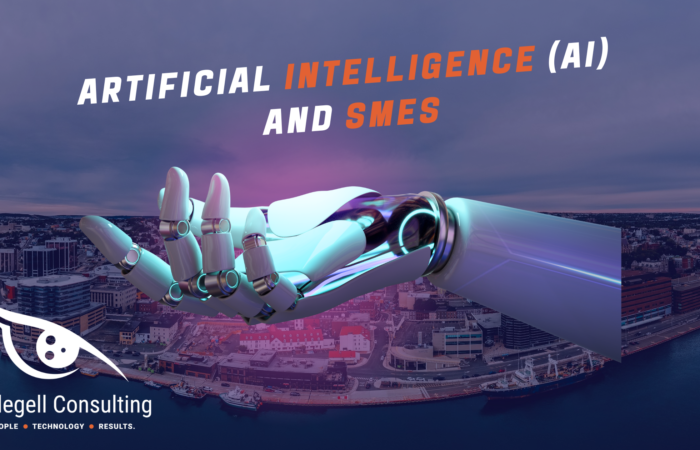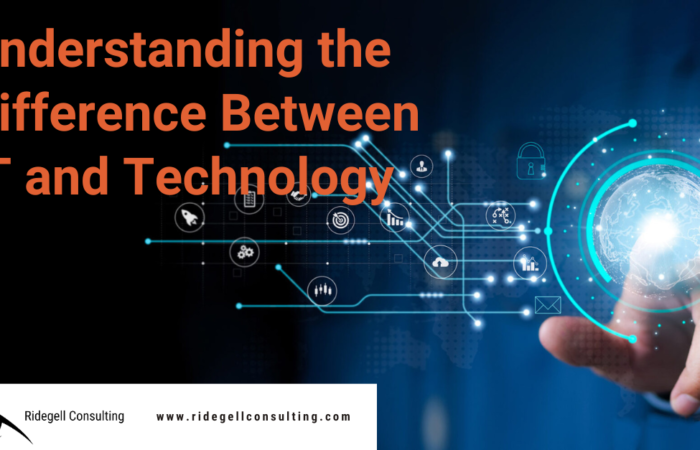Estimated reading time: 4 minutes

In today’s dynamic business landscape, the integration of Information Technology (IT) with overarching business objectives has become more than a strategic advantage – it’s a necessity. Gone are the days when IT operated in isolation, merely supporting the back-end functions of an organization. Instead, aligning IT with business goals has emerged as a fundamental driver of success, enabling companies to innovate, adapt, and thrive in an increasingly digital world.
Understanding the Alignment
Alignment between IT and business goals refers to the synchronization of technology initiatives with the broader objectives and priorities of an organization. It entails bridging the gap between the technical capabilities of IT systems and the strategic vision of the business. This alignment is not merely about ensuring that IT projects are in line with corporate objectives; it’s about leveraging technology as an enabler to drive business value and achieve competitive advantage.
Driving Business Value

Get out of the maze of IT & Business. The alignment of IT with business goals unlocks a myriad of benefits that directly contribute to organizational success:
- Enhanced Efficiency and Productivity: When IT initiatives are aligned with business objectives, they are designed to streamline processes, automate tasks, and eliminate inefficiencies. This optimization leads to increased productivity across all levels of the organization, allowing employees to focus on high-value activities.
- Improved Decision-Making: Access to accurate and timely data is critical for informed decision-making. By aligning IT systems with business goals, organizations can establish robust data analytics capabilities, providing stakeholders with valuable insights to drive strategic initiatives and stay ahead of the competition.
- Agility and Innovation: In today’s fast-paced environment, the ability to adapt quickly to changing market conditions is paramount. Aligned IT enables organizations to embrace innovation, rapidly deploy new technologies, and seize opportunities for growth, ensuring they remain agile and responsive to evolving customer needs.
- Enhanced Customer Experience: Customer-centricity is at the heart of successful businesses. By aligning IT with customer-focused objectives, organizations can deliver personalized experiences, optimize customer journeys, and foster long-term loyalty, driving sustainable growth and profitability.
Overcoming Challenges
While the benefits of aligning IT with business goals are clear, achieving this alignment is not without its challenges. Common obstacles include:
- Communication Gaps: Misalignment often stems from a lack of communication between IT and business stakeholders. Effective collaboration and open dialogue are essential to ensure shared understanding and alignment of objectives.
- Legacy Systems: Outdated IT infrastructure and legacy systems can hinder alignment efforts, as they may not support the evolving needs of the business. Organizations must invest in modernization initiatives to ensure their technology capabilities remain aligned with strategic goals.
- Resistance to Change: Cultural resistance and organizational silos can impede alignment efforts, as individuals may be reluctant to embrace new technologies or ways of working. Leadership buy-in and change management strategies are crucial to overcoming resistance and fostering a culture of alignment.
Conclusion
In an era defined by digital disruption and rapid technological advancement, the alignment of IT with business goals has emerged as a critical driver of organizational success. By harnessing the power of technology to support strategic objectives, businesses can unlock new opportunities, drive innovation, and deliver unparalleled value to customers. As we look to the future, the importance of alignment will only continue to grow, reinforcing its status as a strategic imperative for businesses seeking to thrive in the digital age.







